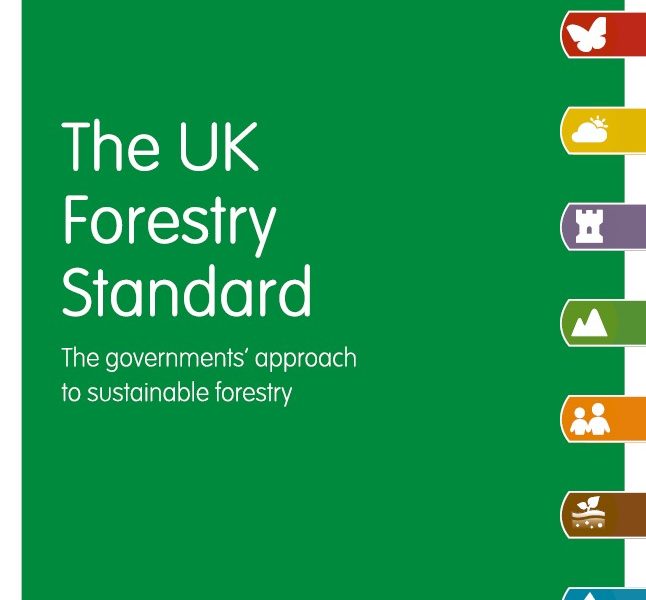We use some essential cookies to make this website work.
We’d like to set additional cookies to understand how you use forestresearch.gov.uk, remember your settings and improve our services.
We also use cookies set by other sites to help us deliver content from their services.

The UK Forestry Standard is the reference standard for sustainable forest management in the UK.
If you’ve recently taken ownership of a woodland and/or are new to the forestry sector, we have collated resources to help you navigate the topic of the impact of the changing climate on woodlands and their management.
Our top performing soil analysis service offers a comprehensive range of standard and specialist tests to determine the chemical composition and quality of soil, as well as sludge, manures and other wastes applied to land. Our tests can detect contamination or contribute to site monitoring programmes. Service overview We provide...
The larvae, or grubs, of two-lined chestnut borer beetles are a pest of oak trees (trees in the Quercus genus) and sweet chestnut ( Castanea genus).
Aim Who is it for? How does it work? Getting started Moving along the pathway Video Explaining the Learning Pathway Step 1: “Get started with Nature“ Task Resources Details/Links Learn about nature, plants, animals and fungi BBC Springwatch Ideas, information and resources to help wildlife Field Studies Council Simple...
Evaluation of the impacts of I-Tree eco surveys in the UK
Resilience Implementation Framework - the resilience concept
Summary of Programme The importance of pests and diseases associated with forest and woodlands in the UK has never been greater, with highly damaging outbreaks, evidence of greater spread and impact, new organisms being introduced through trade pathways, and established pest threats exacerbated by changes in climate and host availability....
A selection of links, organised by category, to other, generally non-commercial, biomass related websites and resources, including local producer groups
Tree allometry describes the relationships between tree biometric variables, such as tree diameter, height and crown width. Understanding of these relationships helps urban foresters to assess many of the economic and ecological benefits (e.g. carbon storage, rainwater interception and regulation of temperatures) provided by trees, such as through the use...
Cookies are files saved on your phone, tablet or computer when you visit a website.
We use cookies to store information about how you use the dwi.gov.uk website, such as the pages you visit.
Find out more about cookies on forestresearch.gov.uk
We use 3 types of cookie. You can choose which cookies you're happy for us to use.
These essential cookies do things like remember your progress through a form. They always need to be on.
We use Google Analytics to measure how you use the website so we can improve it based on user needs. Google Analytics sets cookies that store anonymised information about: how you got to the site the pages you visit on forestresearch.gov.uk and how long you spend on each page what you click on while you're visiting the site
Some forestresearch.gov.uk pages may contain content from other sites, like YouTube or Flickr, which may set their own cookies. These sites are sometimes called ‘third party’ services. This tells us how many people are seeing the content and whether it’s useful.